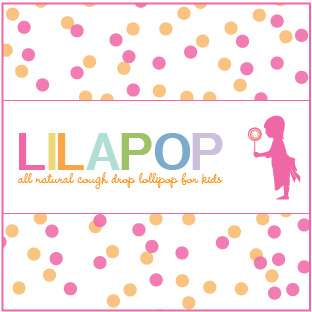The Danger in Food Dyes
Jul 20th, 2011
 WARNING: Gross-out Alert. Only continue if you can handle poop talk.
WARNING: Gross-out Alert. Only continue if you can handle poop talk.
A few weeks ago, Tennison had to go #2 in a Target bathroom. For some unknown reason lately, every public place seems to inspire bowel movements from both of my children. While this is something I would like to avoid what are you really going to do? So off we went into the stall where she proceeded with her business. To my complete shock, her entire poop was fuschia. At first I was terrified that it was blood but after more careful examination I realized it was just a bright pink poop. Needless to say, it was very disturbing and very unnatural. It didn’t take too long to find the culprit. Her little face still had the pink stains from a leftover birthday cupcake she had earlier that day. Her second one from the party in two days. It ended up taking a few days to clear all the frosting dye from her system. This event got me thinking about what artificial colors are actually doing to our bodies. Here is what I found:
Common Food Dyes
Studies show that artificial colorings which are found in soda, fruit juices and salad dressings along with many other products, may contribute to behavioral problems in children and lead to a significant reduction in IQ. Animal studies have linked other food colorings to cancer. Watch out for these ones:
Blue #1 and Blue #2 (E133)
Banned in Norway, Finland and France. May cause chromosomal damage
Found in: candy, cereal, soft drinks, sports drinks, pet foods and toothpaste. I recently switched the kids toothpaste to Tom’s of Maine because it does not contain the blue dye that many of the makers use to draw in children.
Red dye # 3 (also Red #40 – a more current dye) (E124) or AKA ‘the pink pooper’
Banned in 1990 after 8 years of debate from use in many foods and cosmetics. This dye continues to be on the market until supplies run out. Has been proven to cause thyroid cancer and chromosomal damage in laboratory animals, may also interfere with brain-nerve transmission
Found in: fruit cocktail, maraschino cherries, cherry pie mix, ice cream, candy, bakery products and more.
Yellow #6 (E110) and Yellow Tartrazine (E102)
Banned in Norway and Sweden. Increases the number of kidney and adrenal gland tumors in laboratory animals, may cause chromosomal damage.
Found in: American cheese, macaroni and cheese, candy and carbonated beverages, lemonade and more.
Some grocery chains, including Whole Foods Market and Trader Joe’s, refuse to sell foods with artificial coloring. Unfortunately, those two chains are not in my market but I do know how to read. To make sure your family is protected always read your food labels. Dyes are in more than you may think.
Related Posts
Written by Lea Barlow • 1 Comment










Bethany Sat, Sep 17, 10:21pm